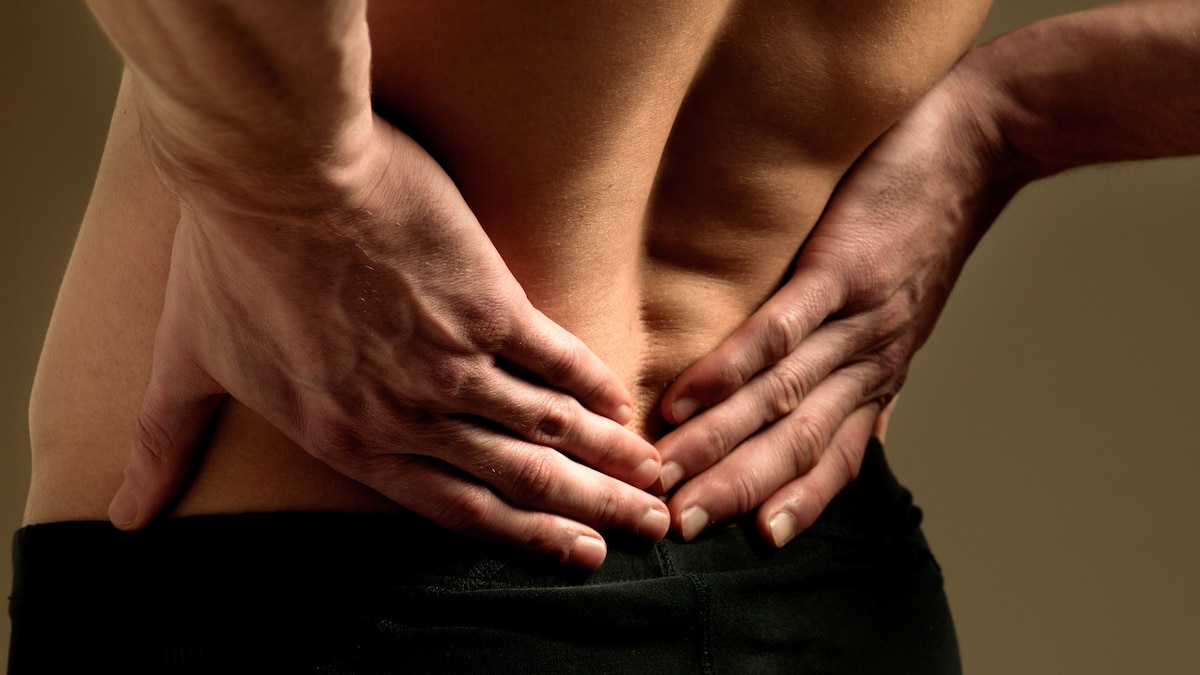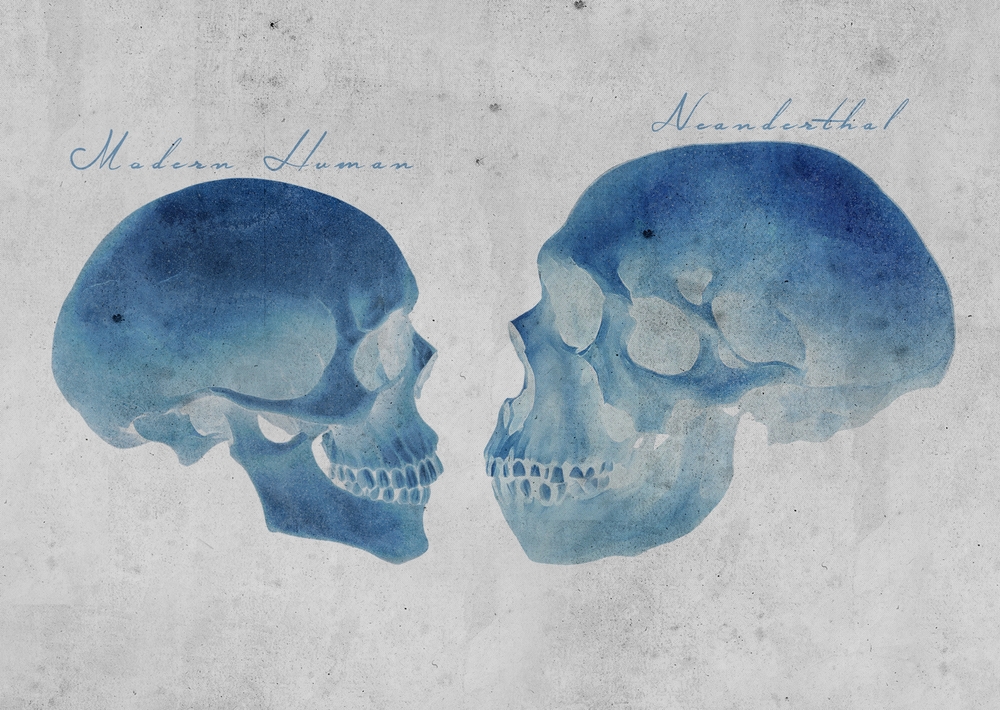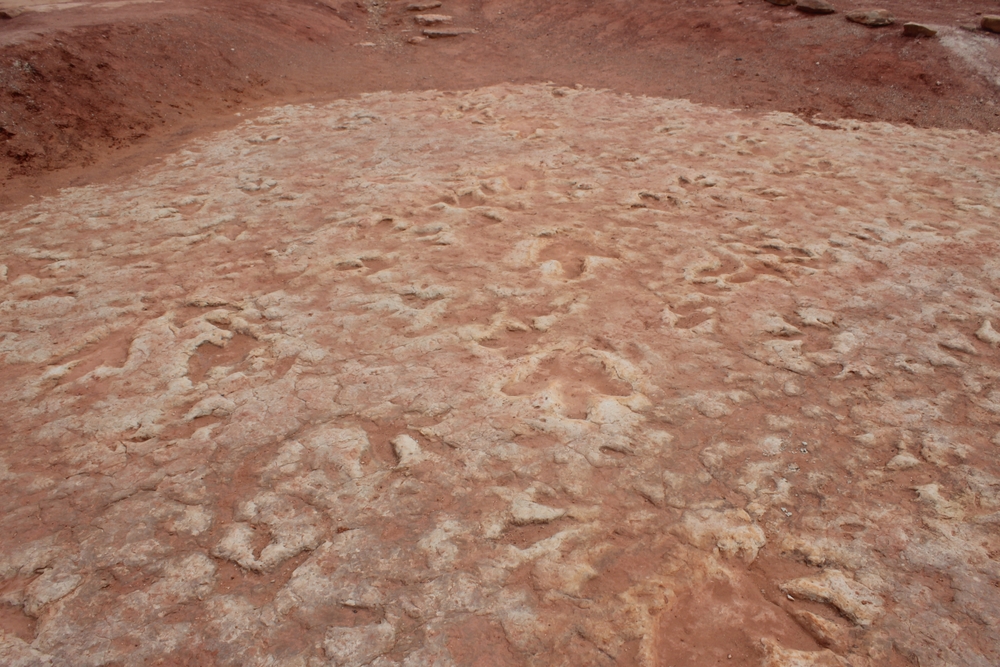Now Reading: This one muscle could be the key to fixing your back pain
-
01
This one muscle could be the key to fixing your back pain
This one muscle could be the key to fixing your back pain

Lower back pain can stab, throb, or ache without warning. But what if the problem wasn’t actually coming from your back?
It’s easy to blame posture or a pulled muscle. But an overlooked culprit may be buried deeper: your hip flexors—specifically, the psoas (pronounced so-EZZ).
This ribbon-like muscle curls from the top of your femur, over the front of the pelvis, and up to your lumbar spine and lower ribs. It’s part of the iliopsoas complex, says Richard Lau, a clinical assistant professor in the Department of Rehabilitation Medicine at NYU Grossman School of Medicine—the muscle group often cited when athletes suffer “hip flexor strains.”
After age 30, everyone loses 4 to 6 percent of their psoas muscle mass every decade, and it decreases even more rapidly for men after 60. But this isn’t just about aging. Too much sitting can shorten and weaken the psoas, pulling on the spine and causing hard-to-diagnose pain.
“The psoas is the only muscle that connects the rib cage, which we would actually call like the thoracic spine, with the leg,” says Aimee Lake, a senior integrative pelvic health physical therapist at Greenwood Physical Therapist in Seattle.
It plays a key role in stabilizing the lower back and maintaining balance and is involved in almost every movement: sitting, standing, walking, and bending. And, since the psoas connects to the diaphragm via fascia—a nerve-filled tissue that supports muscles, bones, and organs—“it kind of connects breathing and walking,” says Lake.
Here’s how to tell if your psoas is the problem—and what to do about it.

This anatomical drawing highlights the muscles of the torso and shoulder, including those that work alongside the psoas to stabilize the spine.
Photograph by Art Images/Getty Images

An early 20th-century medical illustration shows the deep muscles of the lower back, including the psoas.
Photograph by VintageMedStock/Getty Images
Why tight hip flexors can cause back pain
When the psoas is tight, pain may radiate through your back, hips, or groin. A 2023 study from the European Heart Journal found that people sit for an average of 10.4 hours a day—ample time for this muscle to seize up.
“[The psoas] is going to tug on both ends of where the muscle spans,” says Lau, which distorts pelvic alignment, straining the back.
(The overlooked key to fitness? Strengthening your joints and tendons.)
James Chung, a physical therapist and strength coach at Motiv in New York, adds that many people unknowingly brace their abdomen “in preparation for pain or perceived preparation of pain.” This perpetual contracting puts a lot of stress on the hip flexors.
Additionally, the kidneys sit directly on the psoas muscle. Lake says that since the brain prioritizes protecting the kidneys, the surrounding fascia may tighten further, increasing tension in the area.
You May Also Like
So how can you tell if your psoas is the problem? Typically, lower back pain related to the psoas is a deep ache felt at the border of your buttocks and back. “The pain might be worse if you’re sitting still, and it’ll probably feel a bit better if you move around,” Lake says. Chung adds a clinician can administer the Thomas Test to identify the tight part of the hip flexor. If movement doesn’t change the pain, however, it could be a sign the issue lies with an internal organ rather than a muscle.
How to strengthen your hip flexors
There’s no one-size-fits-all fix for lower back pain. “If we’ve been at a desk job for 10 years or 20 years, it’s going to take many weeks or months of stretching and strengthening,” says Lau, who typically starts patients with physical therapy.
Short-term relief can start with foam rolling, which targets muscle and fascia. Roll along the spine, hip flexors, quads, hamstrings, and sides of the hips. For smaller, more targeted areas, a tennis ball works well too.
(Do you really need 10,000 steps a day? Here’s what the science says.)
Other supportive therapies include cranial sacral therapy, which involves gentle manipulation of the skull and spine—and acupuncture. While he wouldn’t prescribe it as a first line of defense, Lau says it’s “a great alternative therapy for a lot of musculoskeletal conditions.”
There are also adjustments you can make in your everyday movements. Avoid sitting hunched over or bracing your core for long stretches. “If we keep our abs tight, we’re pulling up on the front of the pelvis, which is going to push us back against our spine and round the lower back, which puts the psoas in a shortened position,” Lake says.
And don’t just swap sitting for standing. “I generally recommend patients not to be in any one particular non-moving position, whether it’s prolonged sitting or prolonged standing,” Lau says. Standing desks can help, but getting up and moving around every hour is just as important.
Lake also recommends paying attention to how you sleep. “If you sit for work and then sleep on your side, you’re having your psoas in chair position up to 18 out of every 24 hours,” she says. Pain when lying flat may signal a shortened psoas. Pillows under your knees can help alleviate the discomfort and get your body used to being on your back.
Once movement patterns begin to shift, the next step is mobility. “Often people have weakness, but they really need to start with mobility and making sure all their parts are movable before they add load,” Lake says. Start with gentle stretches, like a standing hip flexor stretch (pulling one ankle toward the butt while keeping the pelvis neutral) or lunges. Yoga poses like cat/cow and the 90/90 stretch also help.
(This is why mobility should be a key part of your fitness routine.)
Once mobility improves, build strength through hip-flexion movements. “Arguably a very strong muscle if you train it, but most people don’t really train hip flexion,” Chung says.
Think seated leg lifts, standing marches, or flutter kicks. Add resistance with bands or ankle weights. Compound moves like squats and deadlifts also support the hip flexors by strengthening nearby muscles like the glutes and abs.
In the end, the goal isn’t just pain relief—it’s longevity. Being active as long as possible will keep muscles strong and joints loose. “One of my pioneers of the field, physicist Dr. Michael Furman, has this one thing he teaches a lot of his trainees or his patients—motion is the body’s lotion,” Lau says.























